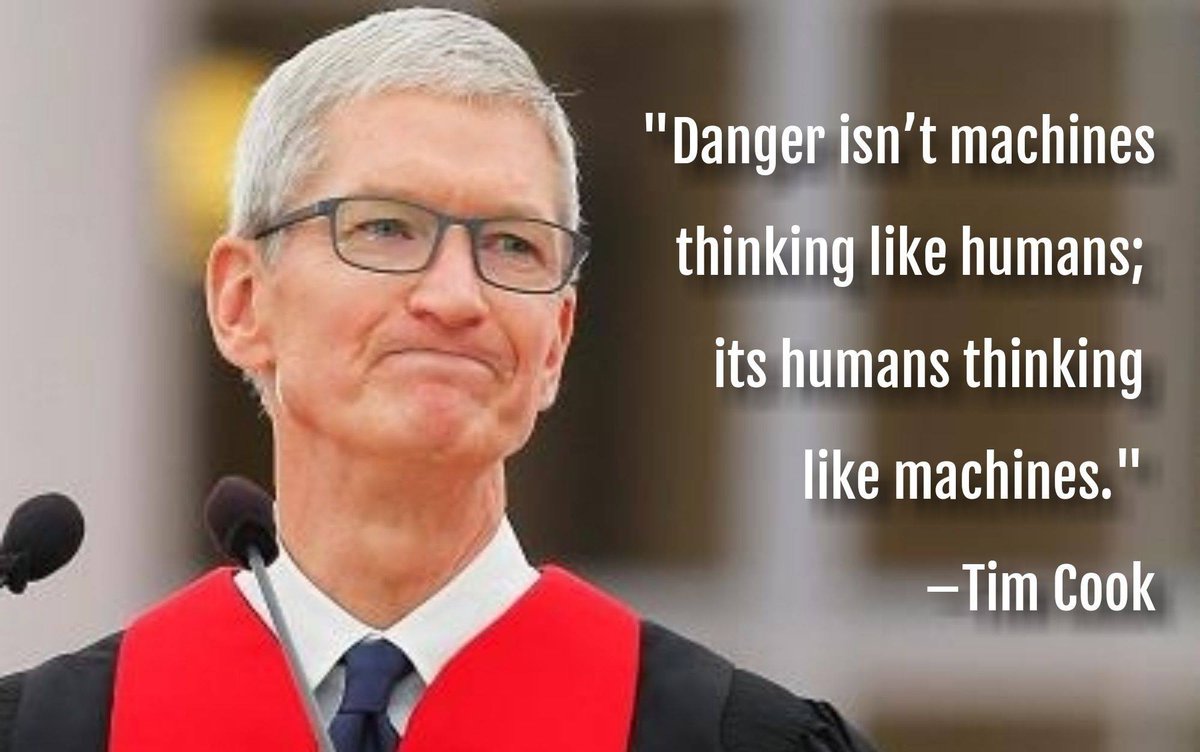"The US market is a priority for Portuguese footwear", emphasises Luís Onofre. In a more favourable tariff environment, in which countries such as Brazil, China, India, and Mexico are penalised by 50%, 30%, 50% and 25% respectively, "this may be an opportunity to strengthen our presence in the US, where demand for premium, sustainable products with a history is growing". The President of APICCAPS believes that "given the current investments of more than 100 million euros in automation, robotics and sustainability under the PRR, Portugal can establish itself as a solid alternative to environmentally unsustainable mass production."
Se lermos literalmente, parece que o calçado português está a beneficiar da redução relativa de preço (vantagem comparativa via tarifas baixas) e, ao mesmo tempo, está a posicionar-se num segmento em que o preço não deveria ser determinante, porque o consumidor premium compra valor, não preço... estranho, parece que há aqui uma contradição.
Se eu fosse Luís Onofre teria mais cuidado com o discurso. Seria antes algo como:
"The US market is a priority for Portuguese footwear,"emphasises Luis Onofre. "The current tariff environment, which penalises competitors such as Brazil, China, India and Mexico, opens a window of opportunity to strengthen our presence in the US. But we do not want to compete on price alone. Demand in this market is increasingly focused on premium, sustainable products with a story - qualities that truly set our industry apart. With more than €100 million being invested in automation, robotics and sustainability under the PRR, Portugal is in a strong position to present itself as a solid alternative to environmentally unsustainable mass production."
Assim ficaria muito mais claro que:
- as tarifas = "abrem uma janela de oportunidade"; mas o posicionamento premium é o foco.
- o foco está em alinhar com a tendência do consumidor (valor) e não em depender da vantagem tarifária (custo).
A mensagem reforçaria que a competitividade não vem do acaso das tarifas, mas dos investimentos estruturais feitos pela indústria portuguesa. E evitaria uma certa ambiguidade entre preço e valor. Para o público americano interessado em premium sustentável, o argumento das tarifas acrescenta pouco; o que importa é a autenticidade e a sustentabilidade.
Pergunta sincera: Esta ambiguidade é inocente ou traz água no bico?

%2022.23.jpeg)












%2006.21.jpeg)












